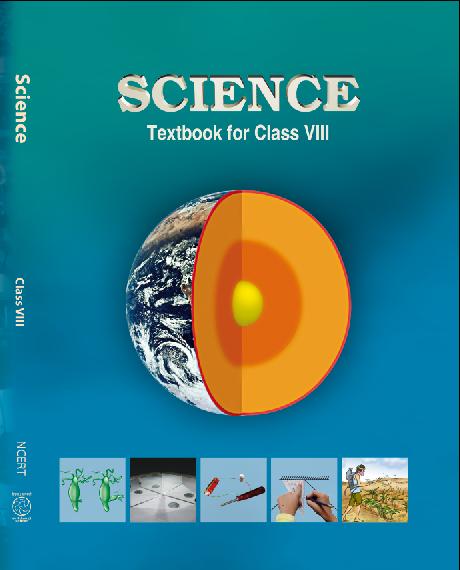Class 8 - Science
Chapter 9 - Reproduction in Animals

Top Block 1
Question :1. Explain the importance of reproduction in organism.
Answer :
The production of new individual form the parents is known as reproduction. Reproduction is very important as it ensures the continuation of similar kinds of individuals, generation after generation. If this process do not exist, the generation of living beings will be vanished from the earth.
Question :2. Describe the process of fertilisation in human beings.
Answer :
In human beings, sexual reproduction occurs in which reproduction results from the fusion of male and female gametes. Male produce sperms in testes and female produce ovum in ovary. Male release their sperms in female reproductive organ during copulation, called vagina from where the sperms move towards the fallopian tube. Female release one ovum every month in the middle of menstruation cycle which travels towards the fallopian tube. The fusion of male and female gametes takes place in fallopian tube. The fusion of male and female gametes is called fertilisation.
Question :3. Choose the most appropriate answer.
(a) Internal fertilisation occurs
i. In female body.
ii. Outside female body
iii. In male body
iv. Outside male body
(b) A tadpole develops into an adult frog by the process of
i. Fertilisation.
ii. Metamorphosis
iii. Embedding
iv. Budding
(c) The number of nuclei present in a zygote is
i. None
ii. One
iii. Two
iv. Four
Answer :
(a) (i) in female body.
(b) (ii) metamorphosis.
(c) (ii) one.
Question :4. Indicate whether the following statements are True (T) or False (F).
(a) Oviparous animals give birth to young one. ( ).
(b) Each sperm is a single cell. ( ).
(c) External fertilisation takes place in frog. ( ).
(d) A new human individual develops from a cell called gamete.( ).
(e) Egg laid after fertilisation is made up of a single cell. ( ).
(f) Amoeba reproduces by budding. ( ).
(g) Fertilisation is necessary even in asexual reproduction. ( ).
(h) Binary fission is a method of asexual reproduction. ( ).
(i) A zygote is formed as a result of fertilisation. ( ).
(j) An embryo is made up of a single cell. ( ).
Answer :
True/False
(a) (F)
(b) (T)
(c) (T)
(d) (T)
(e) (T)
(f) (F)
(g) (T)
(h) (T)
(i) (T)
(j) (F)
Question :5. Give two differences between a zygote and Foetus
Answer :
When fertilisation takes place, the nuclei of the sperm and the egg fuse to form a single nucleus, which results in the formation of a fertilized egg or zygote.
Zygote now begins to develop into an embryo. The embryo continues to develop in the uterus and produces body parts such as hands, legs, head, eyes etc. the stage of the embryo in which all the body parts are identified is called foetus.
Question :6. Define asexual reproduction. Describe two methods of asexual reproduction in animals.
Answer :
The type of reproduction in which only a single parent is involved is called asexual reproduction.
Asexual reproduction takes place in very small animals like Hydra and microscopic organism like Amoeba.
Budding– New individual develops as outgrowths from a single parent. In hydra a small bulges called buds develops into new individuals.
Binnary fission– The body of unicellular organisms like amoeba divides into two equal parts and each parts develops as new individual.
Mddle block 1
Question :7. In which female reproductive organ does the embryo get embedded?
Answer :
The embryo gets embedded in the wall of the uterus for further development.
Question :8. What is metamorphosis? Give examples.
Answer :
The drastic change which takes place during the development of an animal is called metamorphosis. The animals that undergoes metamorphosis are
a. Silkworm (egg- > caterpillar- > pupa – > adult)
b. Frog (egg – > tadpole – > adult)
Question :9. Differentiate between internal fertilisation and external fertilisation.
Answer :
| Internal Fertilisation | External Fertilisation |
|---|---|
| 1. Ther fertilisation takes place inside the female body. | 1. The fertilisation takes place outside the body of the female. |
| 2. Example – Human beings, hen, dog, etc. | 2. Example – frog, fish, etc. |
